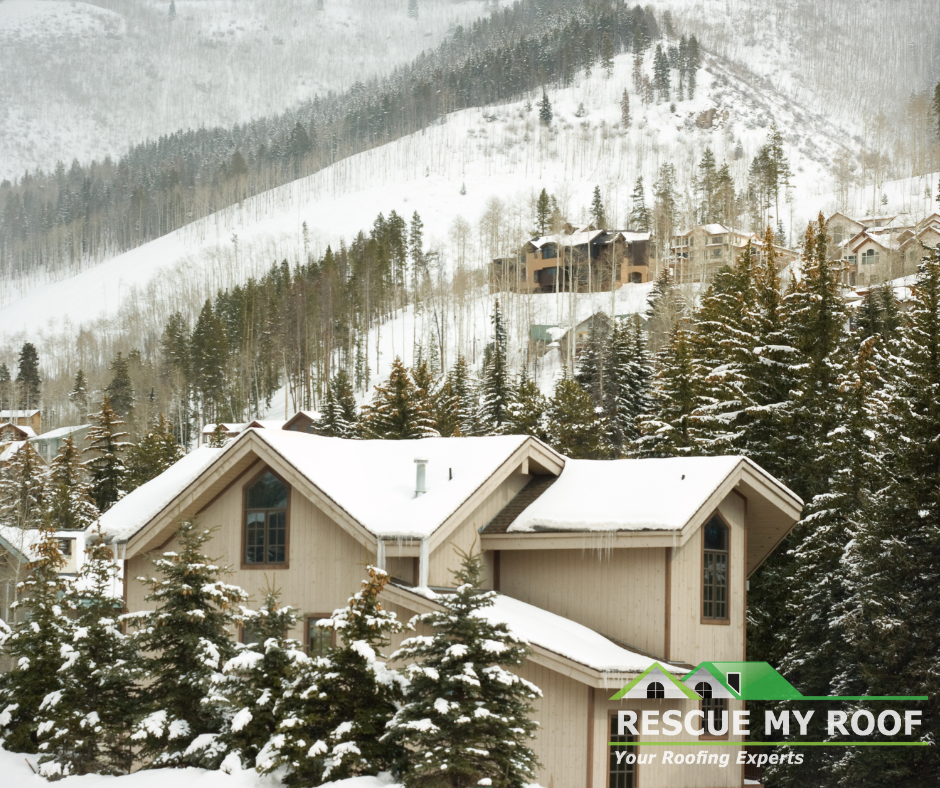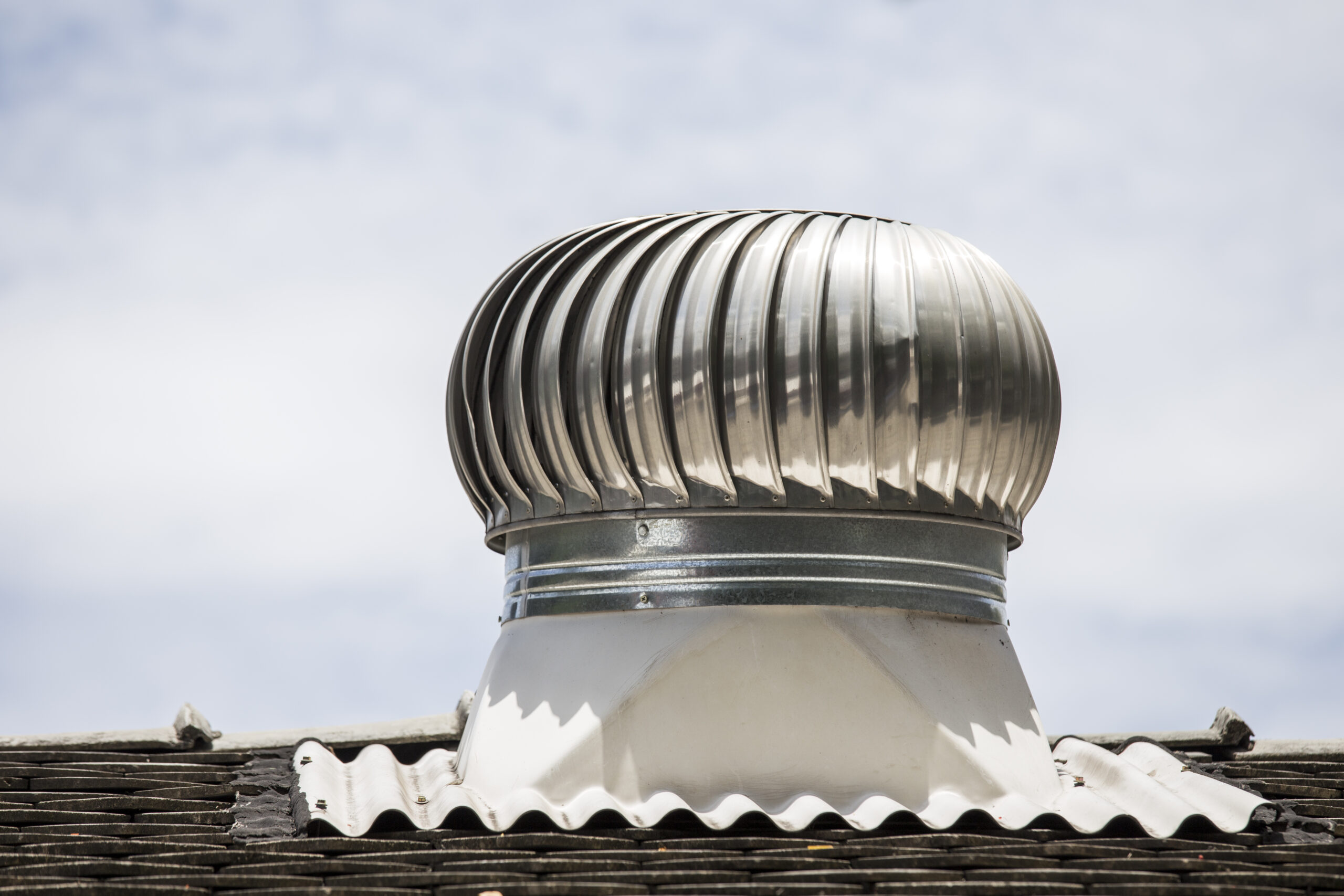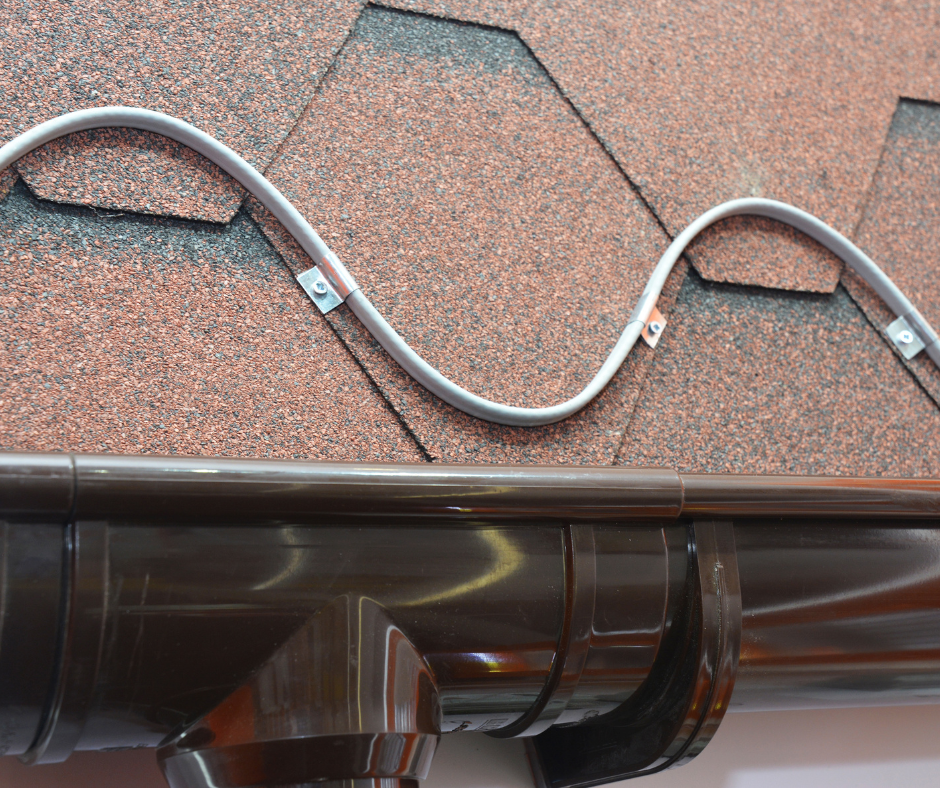How Long Can A Roof Last In Wisconsin? (What You Need To Know)
A new roof is a major investment, and when you spend upwards of $10,000 to make an upgrade you want it to last a lifetime.
Often roofing contractors aren’t transparent when it comes to the longevity or quality of their products, which leaves homeowners frustrated when their roofs don’t live up to their expectations.
That’s why it’s essential for every homeowner to know how long a roof lasts. Unfortunately, most homeowners don’t know this information, but we’re here to change that.
Rescue My Roof has been Wisconsin’s premiere roofing contractors for over a decade, serving homeowners throughout Southeastern Wisconsin. We take pride in not only our high-quality products, but the education we provide to homeowners.
You deserve to not only have a roof that keeps your home and family safe, but an education that allows you to make the best decisions for your home.
If you’ve ever wondered how long an asphalt roof lasts in Wisconsin through the highs and lows of our wild climate, you’re in the right place. In this article, we’ll discuss the realistic lifetime of a roof in Wisconsin and the factors that impact it.
In the end, you’ll know exactly what to expect from your new roof, and you won’t be caught off-guard when issues arise.
How Long Does A Roof Last?
The realistic lifespan of a roof in the roofing industry is 30 years. However, the average lifespan is 25 years for asphalt shingle roofs.
Depending on the materials, your roof may last anywhere from 20 years (cedar shake) to 50 years (metal roofs).
If your roof is properly installed and ventilated, then you’re in the clear! As long as an act of God isn’t around the corner, your roof may make it to 25 years or above.
However, roof lifespans don’t solely depend on the material, ventilation, or installation. The climate you live in plays an important role as well.
A Climate’s Impact On Roof Longevity
The climate you live in may make or break how long your roof lasts.
For consistently warmer climates, roofs don’t undergo as much of the expansion and contraction that occurs during drastic weather changes.
The same principle applies to consistently cooler climates. While there may be other obstacles with moisture in the air, ice, and snow, they still face more consistent weather.
Wisconsin’s Weather

Wisconsin is famous for having a wild climate. We face hot and humid summers, while being buried in ice, snow, and frigid temps during the winter.
Because shifts in weather are so drastic, roofs in Wisconsin are constantly dealing with expansion and contraction. This puts additional wear and tear on the roof.
Additionally, Wisconsin also receives tens of feet of snow every winter and ice dam buildup is frequent. Once again, our weather events generate more wear and tear on a roof than other, stable climates.
After everything our roofs endure in the constantly changing Wisconsin weather, the average lifespan for a Wisconsin roof is 17-22 years with proper installation and ventilation.
How to Ensure the Longevity of Your Roof
$10,000 on a roof replacement every 17-22 years is extraordinarily expensive – you don’t want to replace or repair your roof sooner than that.
There are ways you can protect the longevity of your roof. Following these steps, you may even be able to see your roof after 22 years.
1. Check Your Ventilation Frequently

Ventilation is one of the most critical aspects of your roof. Without proper ventilation, you can face many problems. Ice dams, excess moisture, and inefficient heating and cooling of your home are a few.
When you inspect your ventilation frequently – we recommend twice a year – you ensure that you are catching problems before they get out of hand.
When inspecting your ventilation, there are things you want to look out for.
- Insulation blocking exhaust or intake vents
- Extreme Hot or Cold Spot in Your Attic
- High energy bills
If you notice the signs above, you may have issues with your ventilation. Conduct an energy audit or speak to a professional to diagnose the problem.
2. Inspect Your Roof Once A Year
Taking a walk around your house to inspect your roof once a year is one of the key things you can do to catch problems before they arise.
While walking the perimeter of your home, make sure to take note of any areas where there may be:
- Visible Flashing
- Curling or Cupping Shingles
- Missing Shingles
- Cracked Shingles
- Granule Loss
- Algae Growth
- Hail Damage
- Sagging
Many of these issues can be combated by calling in a professional to replace missing or damaged shingles before water can find a way into your home.
However, some of the more severe problems like sagging can lead to a roof replacement. That is why it is best to call in an inspector so they can accurately diagnose the issue.
Your roof takes the most damage in the winter. So after a long season of snowfall and ice, do an inspection to keep your roof in the best shape possible.
3. Take Measures Against Ice Dams

Ice dams occur when snow and ice at the peak of your roof melts and refreezes near your gutters. More and more ice will accumulate at the base of your roof and begin to pry up shingles in its path.
Ice dams can lead to roof leaks, shingle damage, and severely impact your roof’s longevity; that’s why you’ll want to take measures to prevent them.
Two of the primary reasons why ice dams occur are improper ventilation and clogged gutters. That is why it is so important to check your ventilation and clean your gutters regularly.
Cleaning your gutters will remove any debris that stops water flow, decreasing the chance of ice dams.
Additionally, ensuring ventilation is up to par will keep the temperature even throughout your roof and prevent ice dams from forming.
Ice dam build up can still occur even with adequate prevention. When they do, call a professional for ice dam remediation.
4. Need A Repair? Do It In A Timely Manner
If you notice roof repair warning signs, take care of them before they get out of hand.
Minor issues can turn into big ones in the blink of an eye. That small leak you noticed a month ago could now be rotting the wood in your attic and damaging the drywall in your home.
Don’t wait. The safety of your home and your family is at risk. If you are noticing mold and mildew in the attic, sagging in your roof, or even missing shingles, call a roofing contractor to get an inspection and evaluate your options.
Signs You May Need A Roof Replacement
Now that you know how long a roof may last in Wisconsin, it’s essential to know the signs of an impending replacement.
Roofs can’t last forever. When they begin to lose efficiency, they also lose the ability they once had to keep your home and family safe. You may begin to notice leaks, missing shingles, and rusted flashing.
You can learn more about the warning signs with “10 Signs You Need A Roof Replacement.”
Is your roof at the end of its life? Contact Rescue My Roof today to get a free, fast, and honest roof estimate.


